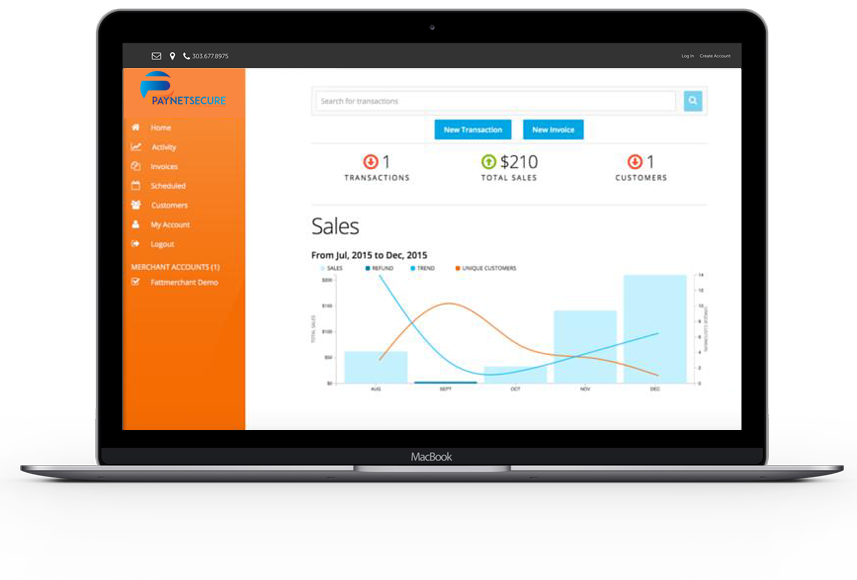In the fast-paced world of e-commerce, providing a seamless and efficient payment experience for customers is essential. This is where payment gateway integration plays a pivotal role. By seamlessly integrating a payment gateway into your e-commerce platform, you can streamline transactions and ensure a smooth customer experience from start to finish. In this article, we will explore the benefits of payment gateway integration and its impact on creating a seamless customer journey.
Understanding Payment Gateway Integration
Payment gateway integration refers to the process of connecting a payment gateway service with an e-commerce platform or website. It enables businesses to accept online payments securely and efficiently. When a customer makes a purchase, the payment gateway securely collects and processes the payment information, verifies its authenticity, and transfers the funds from the customer’s account to the merchant’s account. Integration ensures that this entire process seamlessly blends with the overall customer journey, enhancing convenience and trust.
Streamlined Checkout Experience
A key benefit of payment gateway integration is the ability to provide a streamlined checkout experience for customers. When the payment gateway is integrated into your e-commerce platform, customers can complete their transactions without being redirected to external payment pages or facing unnecessary delays. A seamless checkout experience minimizes friction and increases the likelihood of customers completing their purchases. It eliminates the need for customers to re-enter their payment information, making the process quick, convenient, and hassle-free.
Enhanced Security and Trust
Security is a paramount concern for both businesses and customers in the digital realm. Payment gateway integration offers enhanced security features that help safeguard sensitive payment information. By partnering with reputable payment gateway providers, businesses can leverage advanced encryption technologies and fraud detection mechanisms to protect customer data. The integration ensures that all transactions are conducted in a secure environment, instilling trust and confidence in customers to proceed with their purchases.
Multiple Payment Options
Customers have diverse preferences when it comes to payment methods. Some prefer using credit or debit cards, while others opt for digital wallets or alternative payment methods. Payment gateway integration allows businesses to offer multiple payment options to cater to a wide range of customer preferences. By supporting various payment methods, businesses can increase their conversion rates and accommodate the needs of different customer segments. The flexibility of payment options enhances the customer experience and reduces the likelihood of cart abandonment.
Real-Time Transaction Monitoring
Integration with a payment gateway provides businesses with real-time transaction monitoring capabilities. This means that businesses can track and analyze payment transactions as they happen. Real-time monitoring allows for better fraud detection and prevention, as any suspicious activities can be identified promptly. Additionally, businesses gain valuable insights into transaction trends, customer behaviors, and payment patterns, enabling them to make data-driven decisions to optimize their payment processes and enhance operational efficiency.
Automated Payment Processes
Payment gateway integration enables businesses to automate various payment-related processes, saving time and effort. For instance, businesses can set up recurring payment schedules for subscription-based models or automate billing for repeat customers. Automation reduces manual errors and administrative tasks, freeing up resources to focus on other critical aspects of the business. Automated payment processes contribute to a smoother customer experience and improve overall efficiency.
Mobile-Friendly and Cross-Platform Compatibility
With the increasing use of mobile devices for online shopping, it is crucial to provide a seamless payment experience across different platforms. Payment gateway integration ensures compatibility with mobile devices, enabling customers to make payments conveniently from their smartphones or tablets. Whether customers are using desktops, laptops, or mobile devices, the integration ensures a consistent and user-friendly payment experience, regardless of the platform.
Conclusion
Payment gateway integration is a vital component of e-commerce success. It streamlines transactions, creates a seamless checkout experience, enhances security and trust, offers multiple payment options, enables real-time transaction monitoring, automates payment processes, and ensures mobile-friendliness and cross-platform compatibility. By leveraging the capabilities of payment gateway integration, businesses can optimize their payment processes, improve customer satisfaction, and drive growth in the highly competitive e-commerce landscape.
